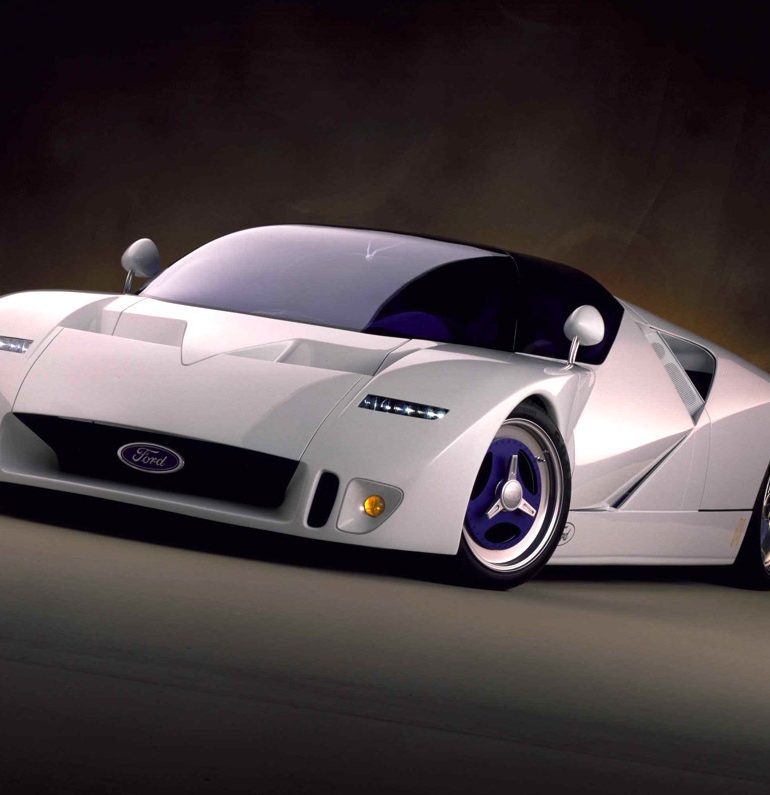Despite appearances, designing a car is an extremely challenging proposition. Companies like Ford, Honda, and the behemoth that is the VW Group quite literally spend hundreds of millions of dollars each year in their design departments alone. Taking that to the next level, since they are a much lower volume product, supercars are even more difficult to design and produce. In fact, some of the greatest supercars and hypercars that have made it to the road are, despite prices ranging from the hundreds of thousands to several million dollars, selling at a loss.
Sometimes, however, reading the market and the signs about their cars have led some manufacturers to abandon a project simply because it wouldn’t sell or could be a fiscal disaster for the company in some other way. These cars are often shuffled into the vault, at whatever stage they are at, and locked away, out sight, out of mind.




